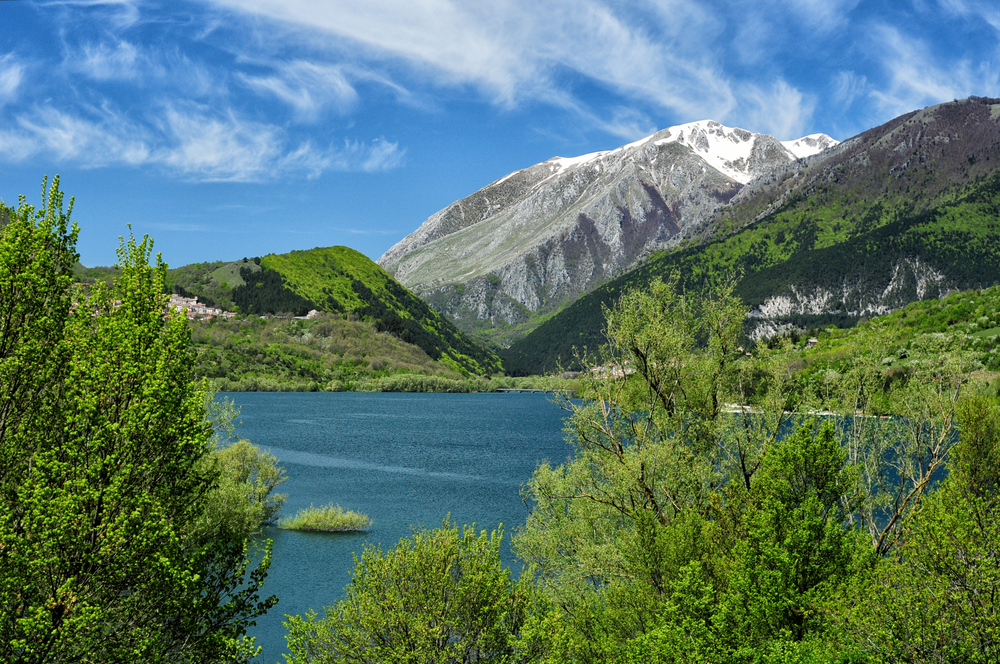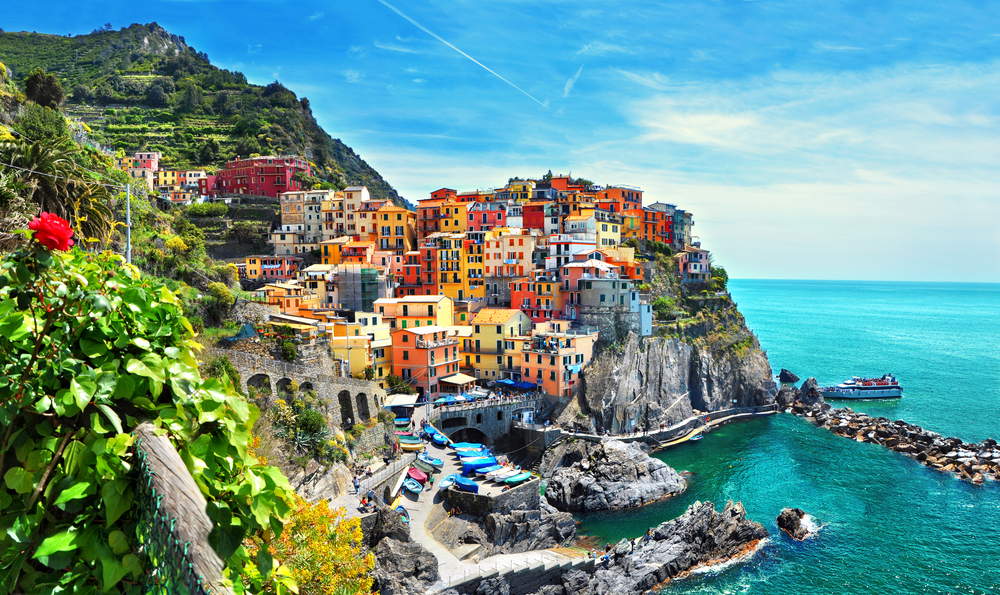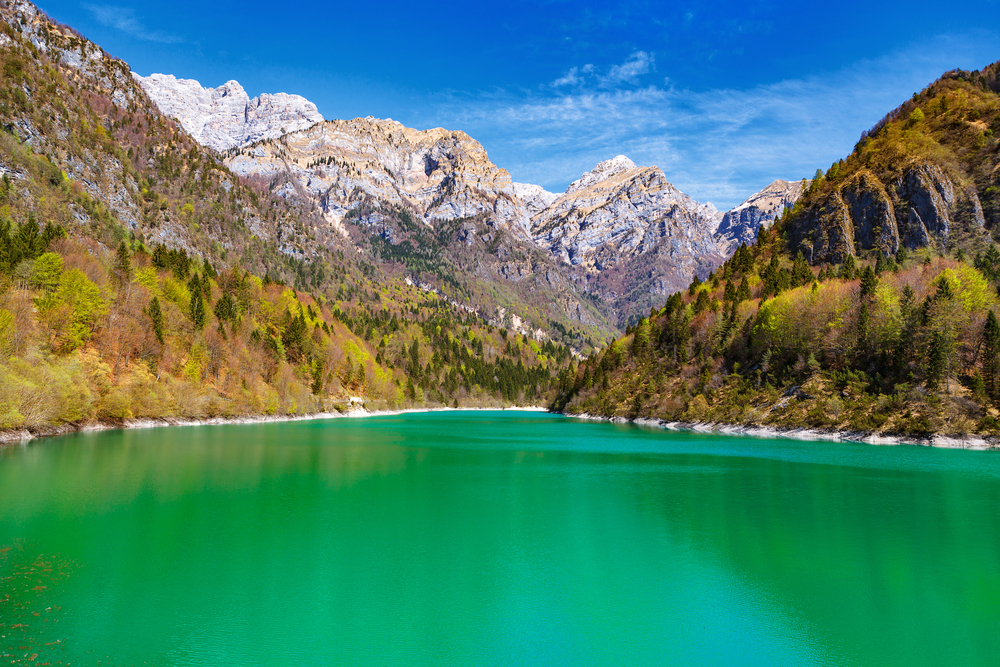Abruzzo, Lazio and Molise Overview
Abruzzo, Lazio and Molise National Park, known in Italian as Parco Nazionale d’Abruzzo, Lazio e Molise, is a protected area in central Italy, spanning approximately 193 square miles (500 square kilometers).
Established in 1923, it is one of Italy’s oldest national parks, located primarily in the Abruzzo region, with portions extending into Lazio and Molise. Nestled in the Apennine Mountains, the park is known for its rugged landscapes, ancient forests, and rich biodiversity, making it one of the most significant conservation areas in Europe.
The park’s terrain is characterized by a mix of high mountain peaks, deep valleys, and karst formations. The highest peak, Monte Petroso, reaches an elevation of 7,376 feet (2,248 meters) and offers breathtaking views of the surrounding wilderness.
Glacial lakes, limestone cliffs, and river valleys further define the landscape, providing a variety of ecosystems that support diverse plant and animal life. The Sangro River flows through the park, feeding Lago di Barrea, a stunning artificial lake surrounded by lush greenery.
The park’s forests, dominated by beech trees, cover much of the area and are interspersed with maple, oak, and fir trees, creating a dense and vibrant woodland that changes color dramatically with the seasons.
The wildlife in Abruzzo, Lazio and Molise National Park is one of its most remarkable features, serving as a stronghold for several rare and endangered species. The park is famous for the Marsican brown bear, a subspecies of the Eurasian brown bear, which has a highly limited range and is under ongoing conservation efforts. Other notable mammals include the Apennine wolf, red deer, roe deer, wild boar, and the Abruzzo chamois, a species of goat-antelope endemic to the central Apennines.
The park is also home to a rich variety of birds, including the golden eagle, peregrine falcon, Eurasian eagle-owl, and the rare white-backed woodpecker. With over 300 bird species recorded, the park is a paradise for birdwatchers, offering the chance to observe both resident and migratory species in their natural habitat.
Visitors to the park can explore a wide range of outdoor activities, including hiking, wildlife watching, cycling, and horseback riding. There are 150 miles (241 kilometers) of marked trails, ranging from easy walks to challenging mountain treks.
The Val Fondillo is a particularly popular area for hiking, offering trails through pristine forests and alongside crystal-clear streams. Lago di Barrea provides opportunities for canoeing, kayaking, and fishing, while winter months transform the park into a destination for cross-country skiing and snowshoeing.
The park also features several visitor centers and museums, such as the Civitella Alfedena Wolf Museum and the Pescasseroli Visitor Center, which provide insights into the park’s history and conservation efforts.
Conservation efforts in Abruzzo, Lazio and Molise National Park have been a key focus of its management for decades. The park has played a crucial role in protecting the Marsican brown bear and Apennine wolf, both of which have seen population stabilization thanks to conservation programs. Habitat restoration, anti-poaching measures, and community engagement have been central to these efforts.
However, challenges remain, including habitat fragmentation, human-wildlife conflict, and climate change, which threaten the delicate balance of the park’s ecosystems. Despite these challenges, the park stands as a model for European conservation, demonstrating the importance of protected areas in preserving biodiversity while promoting sustainable tourism.












































































